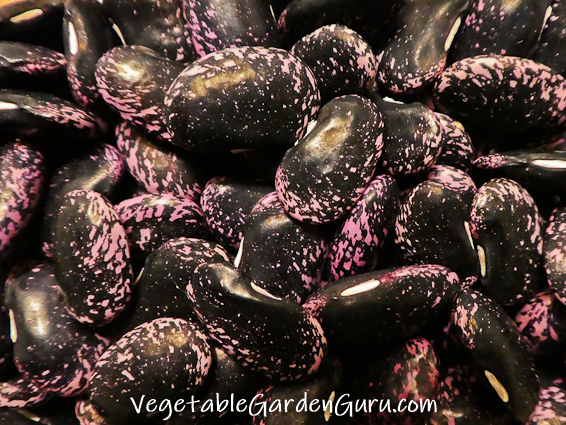| Back to Back Issues Page |
 |
|
Under the Arbor February 21, 2022 |
~ Sex in the Seedy ~No matter how old I get, every spring I enter a childlike state of wonder and amazement as I watch my seeds sprout and grow. Down in my basement, the seeds are unfolding in their flats under lights. This is the exciting, "official" start of the gardening season for most of us, but this month, rather than covering seed-starting I thought it might be more fun to talk about plant sex, and just provide links to the detailed seed starting articles on the website, where you can learn all about what to do and not do when it comes to starting seeds indoors.
Plant Sex: It's Gender NeutralThere are no gender choices in the plant kingdom (at least that I know of!), no LGBTQI+, just natal sex, which takes some complicated and interesting turns that have no corollary in human nature. Depending on species, the plant itself can be either male, female, or both, as can a flower on a plant. Each of these distinctions has its own botanical term.Understanding a bit about how this all works can help boost yield and avoid the frustration of that awful unexpected zero yield, as well as make for interesting talk next time you're at a nerd party (my favorite kind!). If you're old enough, you may remember the 1979 classic movie "Being There", where Chauncey Gardiner (Peter Sellers) "liked to watch". I admit, that like him, I love to watch my bees and flowers interact.
Dioecious Plants: "Two Houses"In some vegetable garden plant species, like asparagus and spinach, the plant itself is either male or female, carrying either all male or all female flowers. In botanical terms, these plants are called "dioecious", which means there are "two houses", one for each sex. But unless we're trying to save our own spinach seed, we don't care much about spinach pollination because we'll be eating the poor thing before it flowers and gets the chance to enjoy being pollinated.But with asparagus, which is a perennial, knowing that it is dioecious may give us an advantage. Why? Because we have the option of growing only male plants. Because male plants won't expend any energy producing seeds, we'll get slightly higher stalk yields the following spring. You can buy male-only plants at better nurseries or online. Monoecious Plants: "One House"In other species, like squashes and (most) cucumbers, a single plant bears both male flowers AND female flowers (these flowers are called unisexual), OR (like tomatoes and peppers) single flowers that have both male and female parts on the same flower (these flowers are called bisexual). In botanical terms, both these types are known as "monoecious", with both male and female parts in "one house".I know… it's confusing. It's easier if you don't try to make the terminology line up with human sexuality… Either way, bees, wind, ants or other means transfer pollen from the male part (the anther) to the female part (the stigma) and pollination occurs. After pollination the seed will form. The Miraculous SeedWithin the protective outer seed coat lie the radicle (which becomes the root), the cotyledons (the "seed leaves"), and the epicotyl (which becomes the first true leaves and stems).When the seed swells and breaks open, the first thing that pops out is the radicle, which grows down into the soil and becomes the root. From the top end of this lifts out what most people think of as leaves, but aren't. Did you ever notice that these "leaves" are always a different shape than the leaves that grow later? These "seed leaves" are properly called cotyledons, and they are where all the nourishment that the mama plant put into the seed is stored. They hit the light and turn green with photosynthesis, and nourish the first flush of growth that the little plant makes before it has developed big enough roots of its own to pull more nourishment from the soil. This burst of life from something so dried up and tiny is what fills me with joy, and frankly with Love. I believe life itself is the manifestation of divine Love. Whether vegan, vegetarian, omnivore or carnivore, we all depend on the miracle, and the Love, that is the seed. And I'll leave you with this, ascribed to Rumi: We began as mineral.
|
| Back to Back Issues Page |

